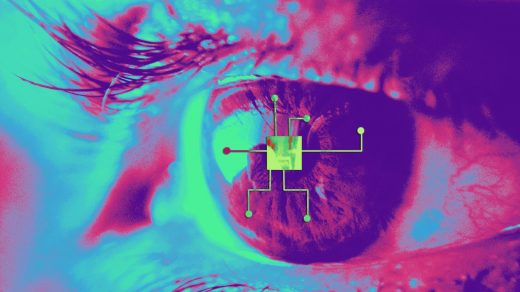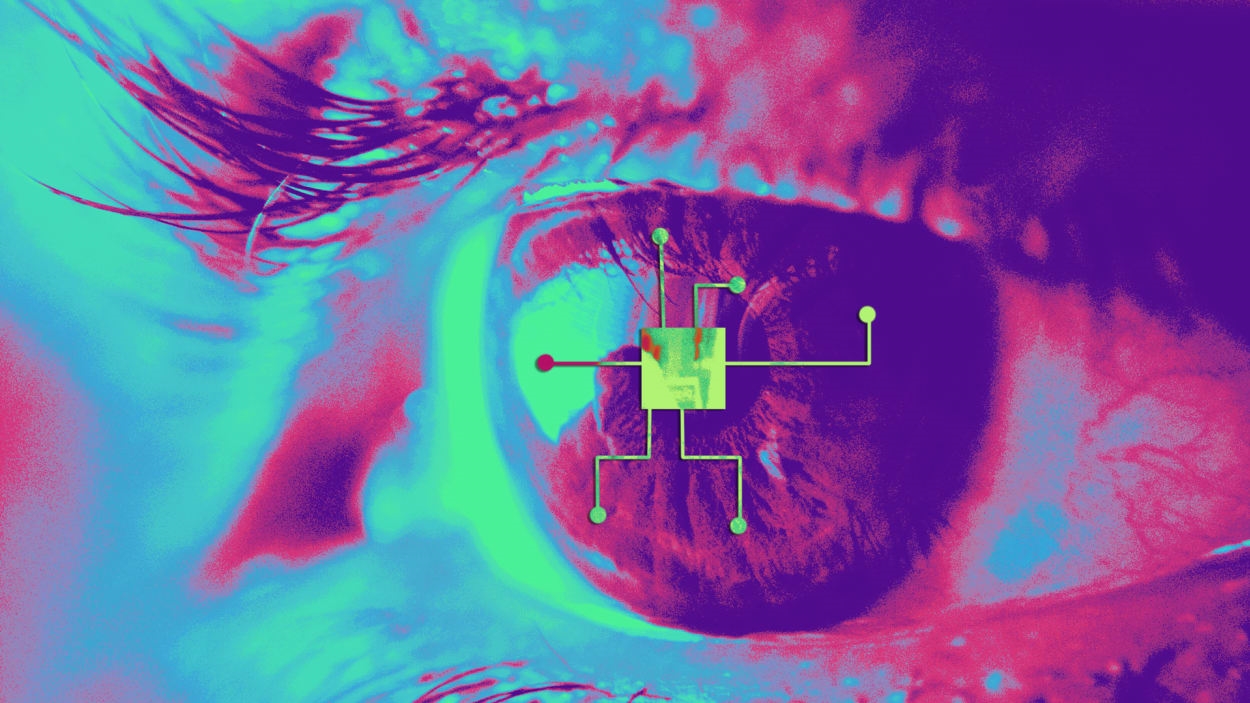Generative AI will change the world—but won’t put creative jobs at risk
By Ross Clugston
Alan Kay was a pioneering computer scientist. In the 1970s, at Xerox PARC, he led the design and development of the first modern computer-desktop interface—ultimately creating the “windows” we spend so much of our time gazing into today. He also spent a lot of time thinking about the future. And it deserves mentioning that he wasn’t scared of AI. Not one bit.
“Some people worry that artificial intelligence will make us feel inferior,” Kay noted. ”But then, anybody in his right mind should have an inferiority complex every time he looks at a flower.”
It’s not hard to see his point. A flower is infinitely complex in its design, with trillions of molecules coalescing in predestined genetic harmony. But most people only see the pretty petals. And they don’t worry that a flower may evolve and take their job. But according to a recent survey, nearly 69% of college graduates in the U.S. believe that AI will replace them at work—or make them irrelevant within the next few years.
With new forms of AI blossoming across society, are they right to be worried? Or is that fear misplaced?
The creative garden
First off, let’s agree that generative AI is changing the very nature of creativity.
What separates generative AI from its other variants is its innate capacity to create. By way of definitions, generative AI is a subset of machine learning that focuses on creating algorithms that can generate new data based on patterns in existing data. It can be applied to art, music, design, and robotics. And as such, it can radically shorten the gap between idea and reality:
- Automating content generation: AI models can automatically create articles, blogs, or social media posts. Jasper, which makes AI-generated blog posts, raised $125m at a $1.5 billion valuation just recently.
- Improving quality: AI-generated content can be of higher quality and greater accuracy than content created by humans.
- Increasing variety: The latest AI models can create multiple variants of content pieces across text, imagery, and video.
- Personalizing content: AI models can personalize content based on the preferences of specific users, using data to intelligently tailor content to their needs.
Google, Meta, Adobe, and Salesforce are all building in-house generative AI. And in the last year alone, over 140 generative-AI startups have launched. The most high-profile AI startups, such as OpenAI and Stability AI, have secured massive amounts of funding and media attention.
With OpenAI’s Dall-E, users feed the AI software a series of keywords and within moments, it produces an entirely unique creative interpretation. The results are powerful. You could even say almost scary. We can feed these programs any combination of nouns, abstract concepts, or art styles and a series of distinct imagery outputs will follow.
So surely, humans can’t compete? Or can they?
Connecting the dots
Brands, agencies, and creatives should throw out any Terminator-
or Blade Runner-induced preconceptions. Visions of dystopia are for Hollywood, not reality. Brands such as Microsoft and Google are leading the way in promoting narratives illustrating how AI can work as a force for good—and proactively addressing the risks associated with algorithmic bias.
AI is changing creativity, business, and society—while changing the intersections of these as well.
But it isn’t here to replace us. The invention of the keyboard hasn’t stopped the use of pens. People still play music with traditional instruments, not just on computers. The advent of new AI tools is not the death knell for human creativity—no matter how many headlines you may have read to the contrary.
Generative AI tools are not artists; rather, they are creative factories. This isn’t a story where computers replace our ideas. This is more like the industrial revolution for creativity. With these tools, creative efficiency is set to multiply astronomically.
Organizations such as Coca-Cola, Mazda, or even NASA could use these tools to experiment with endless variations of brand and product prototypes without sacrificing too much time and/or resources. Heinz even did this directly—using Dall-E 2 to explore shapes, styles, and bottle design.
As technology progresses, it is easy to imagine a future in which we are able to produce more complex assets—maybe even AR experiences. Perhaps wearable AR technology will become commonplace as it’s easy to imagine a future in which AI tools help put filters and lenses on our daily lives. You could be walking through downtown NYC and, with a swipe of your phone, change the aesthetic of an entire block to look like Blade Runner—or maybe stylized like your favorite Pixar film.
People are more than petals
Alan Kay was right. You shouldn’t be worried about AI.
Complexity isn’t new. Creativity isn’t going extinct. And flowers aren’t going to take your job.
When you look at a flower, you see the beauty of the petal, not the complex genetic engineering that empowers that flower to bloom. In the same way, when you see an AI-generated image, you won’t think about the algorithm that placed the pixels. You’ll think about the person—or brand—who put the wheels of creation in motion.
Generative AI opens up a new era of creative skills. The next generation of artists and creatives will be closer to generalists. They’ll understand various aspects of art, anthropology, history, sociology, and music and use these broad cultural insights to guide the unrivaled dot-connecting-capacity of AI. Keyword wizards will map new routes to create something genuinely novel, creating stuff we’ve never before seen—and at speeds we could never previously imagine.
Ross Clugston is chief creative officer at Superunion.
(32)



